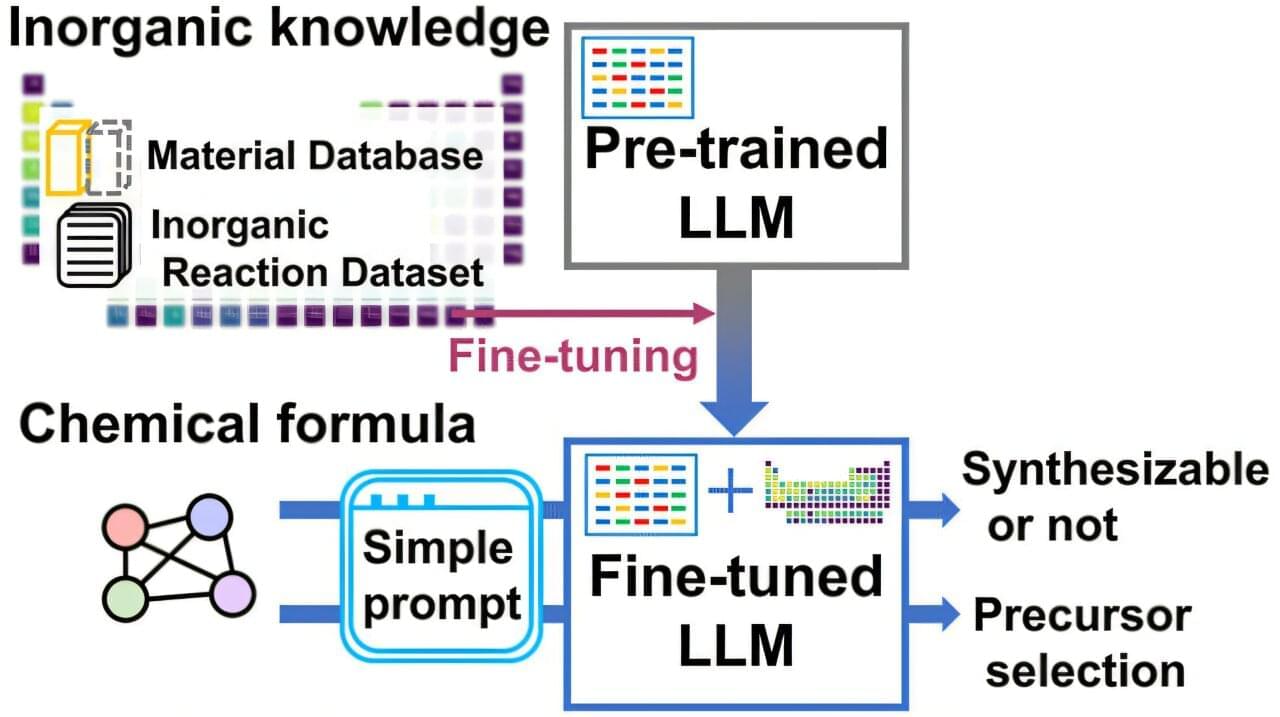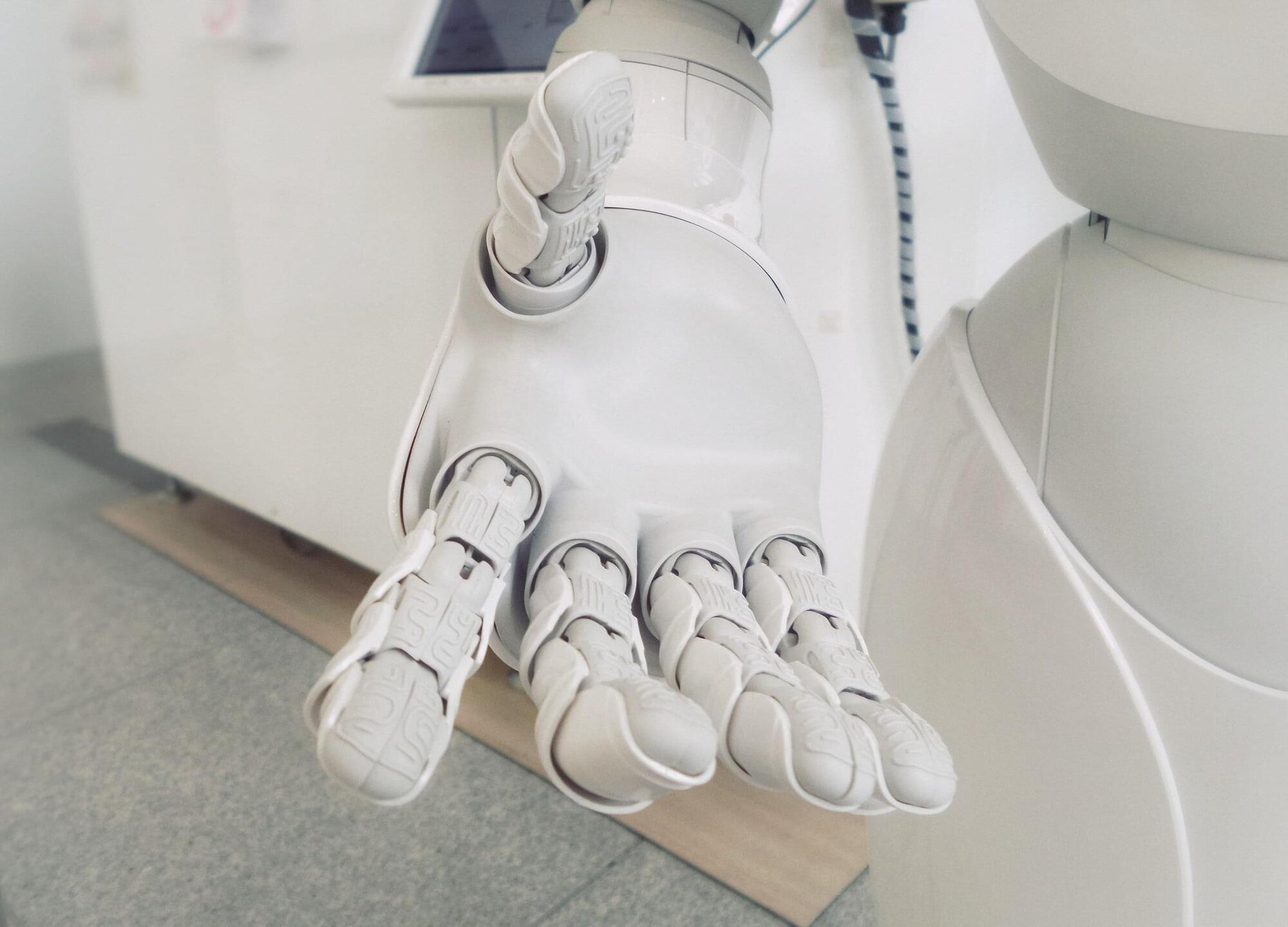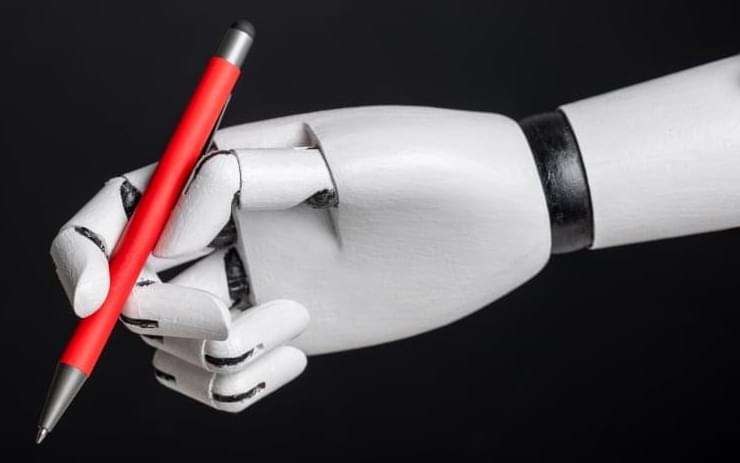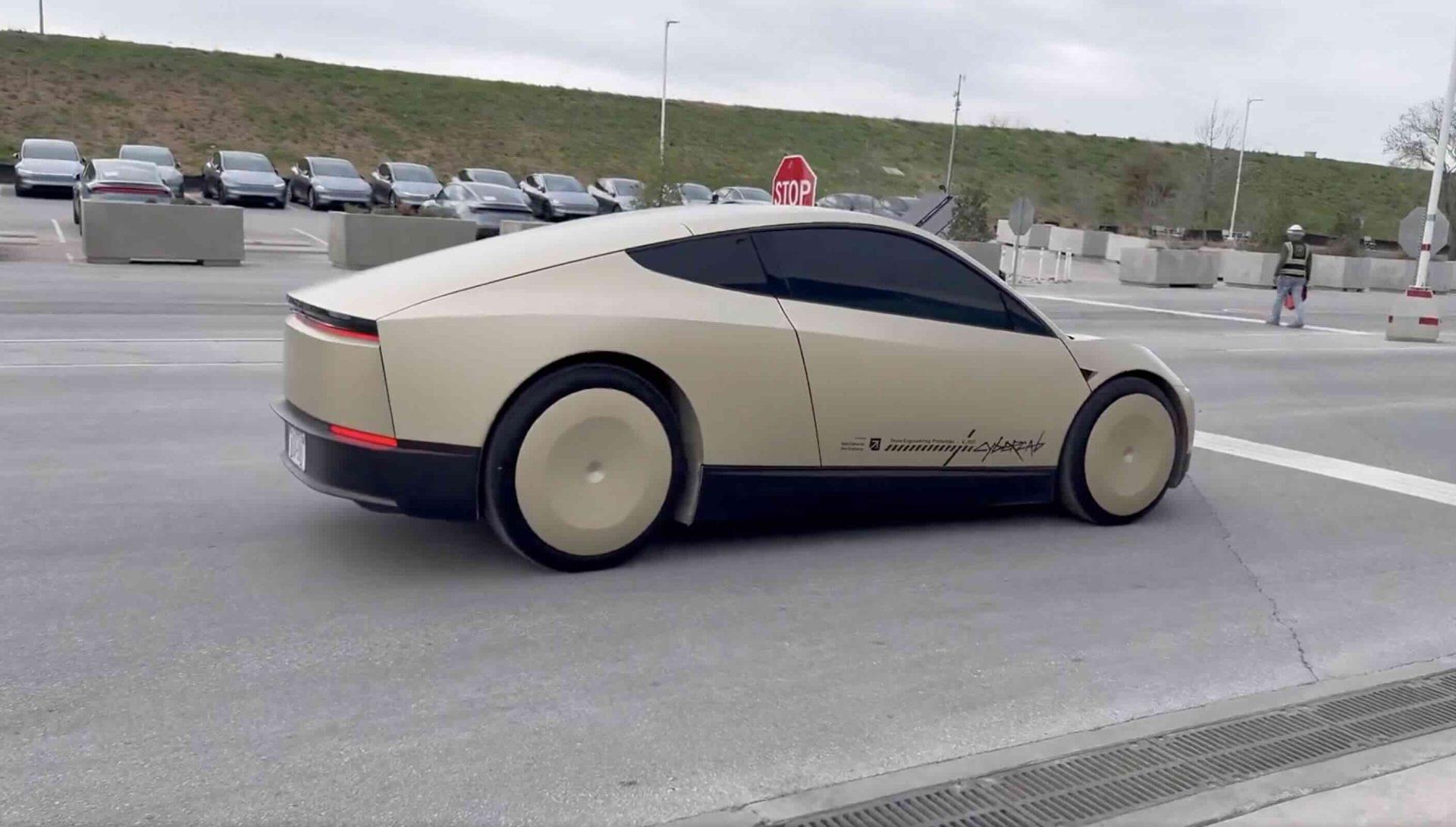A research team has successfully developed a technology that utilizes Large Language Models (LLMs) to predict the synthesizability of novel materials and interpret the basis for such predictions. The team was led by Seoul National University’s Professor Yousung Jung and conducted in collaboration with Fordham University in the United States.
The findings of this research are expected to contribute to the novel material design process by filtering out material candidates with low synthesizability in advance or optimizing previously challenging-to-synthesize materials into more feasible forms.
The study, with Postdoctoral Researcher Seongmin Kim as the first author, was published in two chemistry journals: the Journal of the American Chemical Society on July 11, 2024, and Angewandte Chemie International Edition on February 13, 2025.






